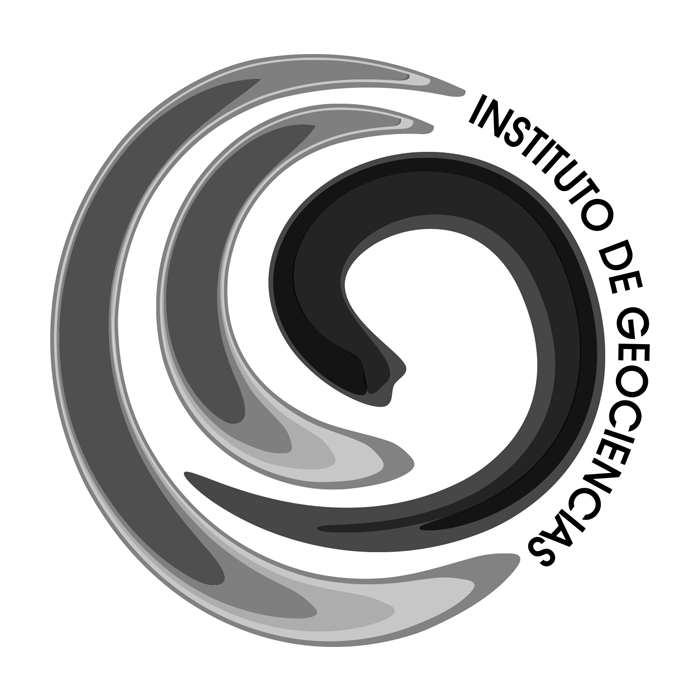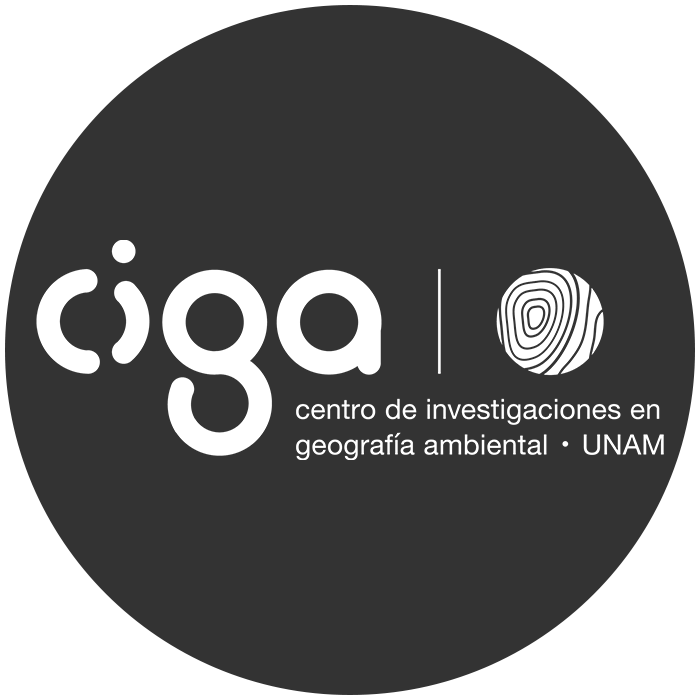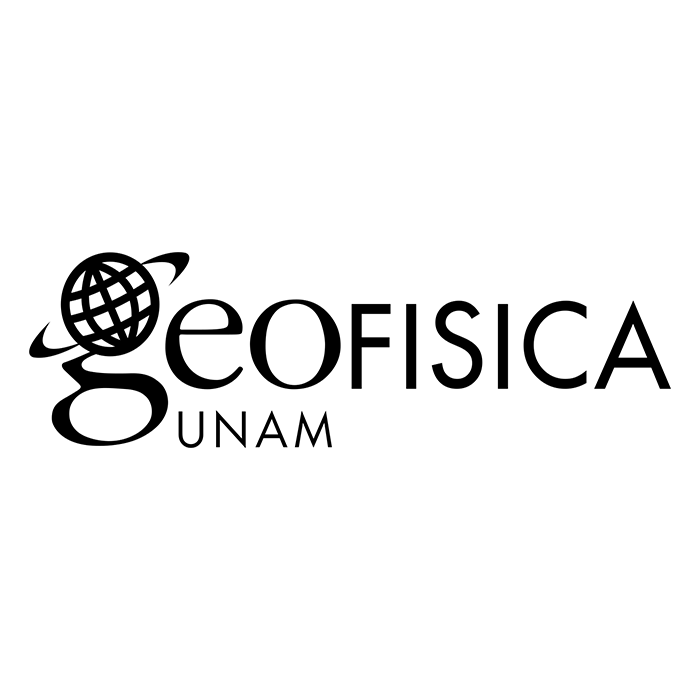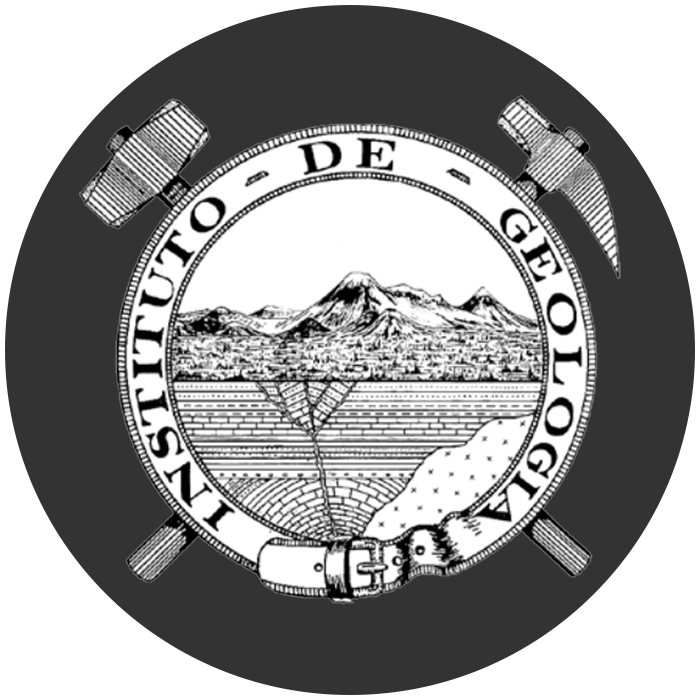Spatial distribution of submerged aquatic vegetation of los Petenes, Campeche.
Main Article Content
Abstract
Seagrasses and Submerged aquatic vegetation (SAV) provide multiple ecological services. They have gained special attention due to the ability to sequester significant amounts of atmospheric carbon in roots and rhizomes, making them relevant ecosystems for climate change mitigation. Despite of its importance, to date, the cartography on the extension and floristic composition of seagrasses and SAV in Mexico is very scarce. In this context, the objective of this research was to map the extension and floristic composition of seagrasses and SAV in the Biosphere Reserve of Los Petenes (BRLP), state of Campeche. The resulting map may serve as baseline information for further studies to promote the management, protection and conservation of the area. Between 2011 and 2017, 38 perpendicular to the coast transects and 10 parallel transects, up to 21 km and up to 60 km length, respectively, were sampled applying hydroacoustic remote sensing. In addition, a Sentinel 2A satellite image of March 29, 2017 was used in combination with hydroacoustic information to derive 5 main classes of seagrasses and SAV occupying 1,512 km2, corresponding to 83% of the BRLP. The scale of the derived SAV map is 1:100,000, with overall map accuracy of 78% and Kappa coefficient of 71%. The methodology applied represents a valuable exploration in determining the distribution of seagrass and SAV in shallow areas of the Gulf of Mexico, considered difficult to survey, because of the nature of its waters, comparatively more turbid than those of the Caribbean Sea
Downloads
Article Details
PLUMX Metrics






